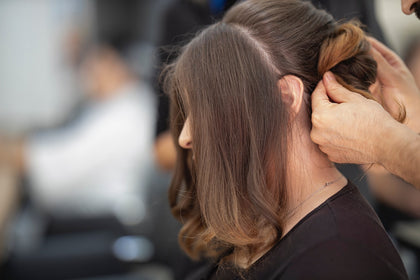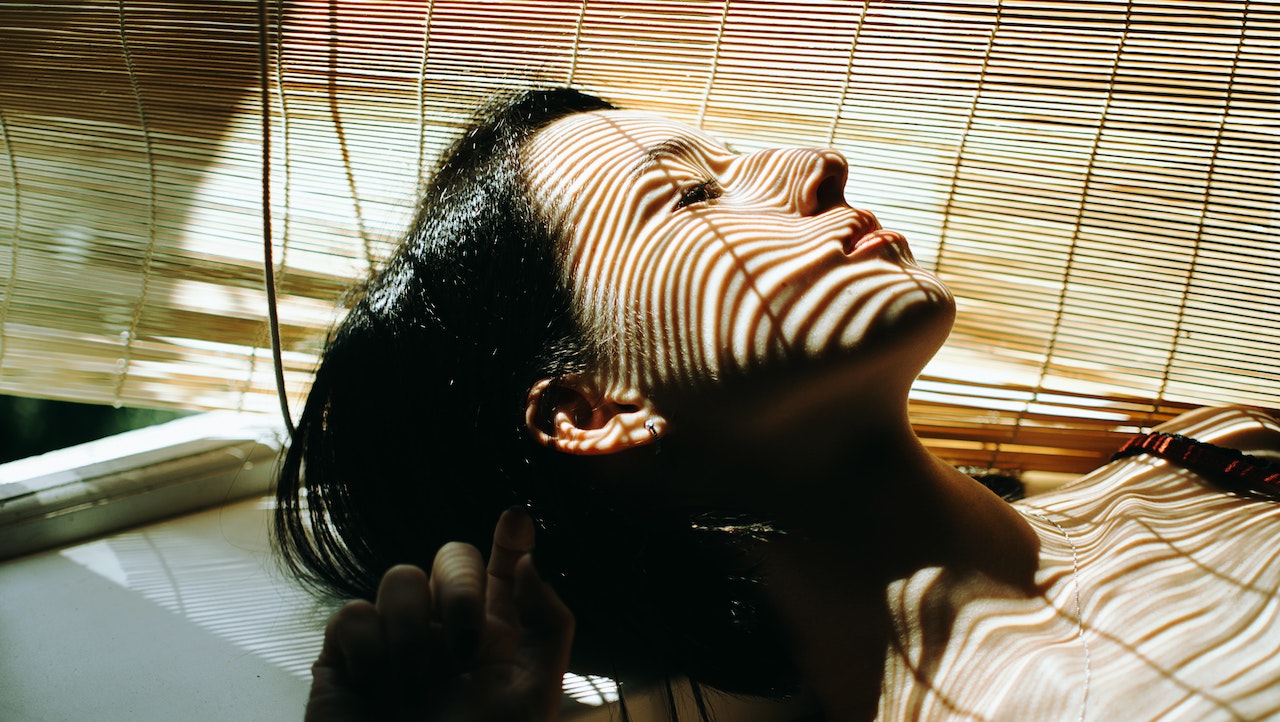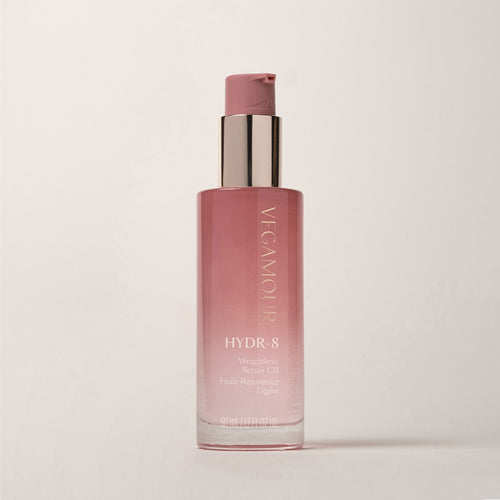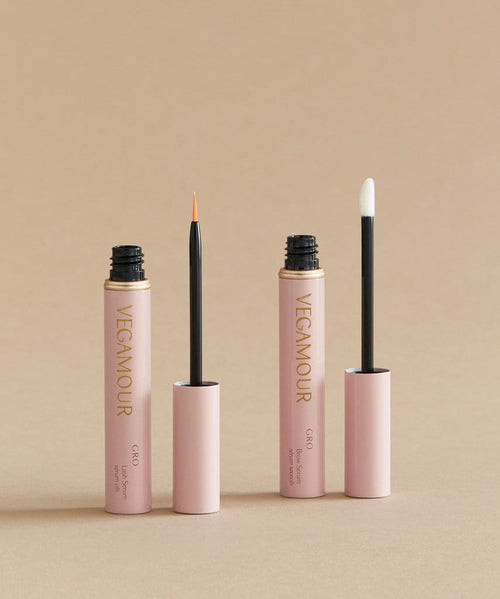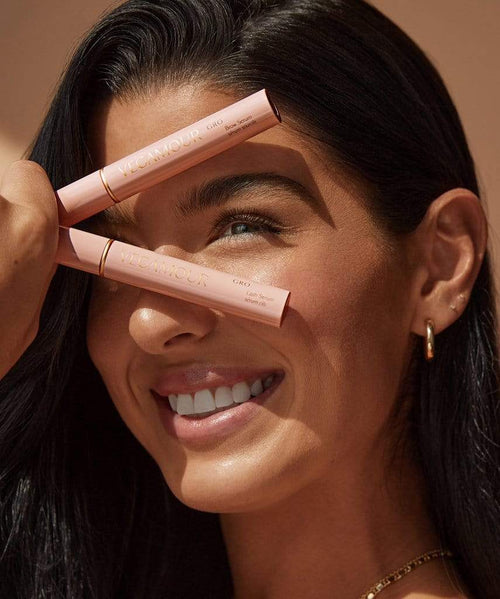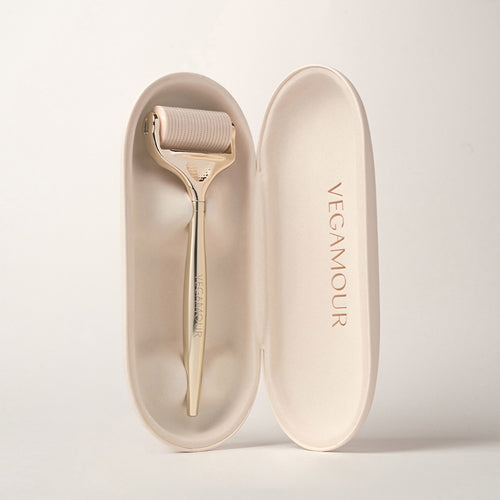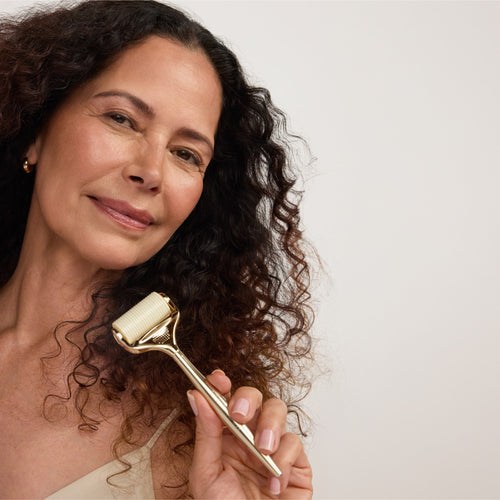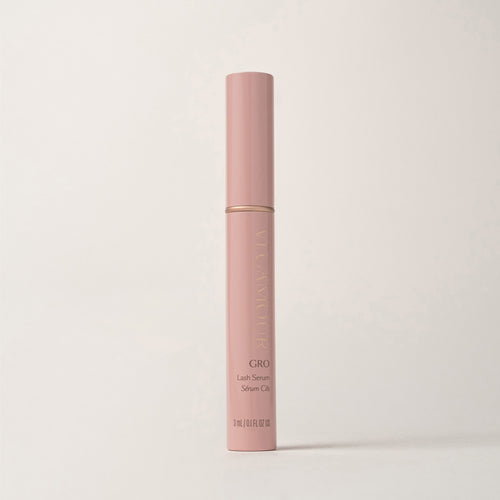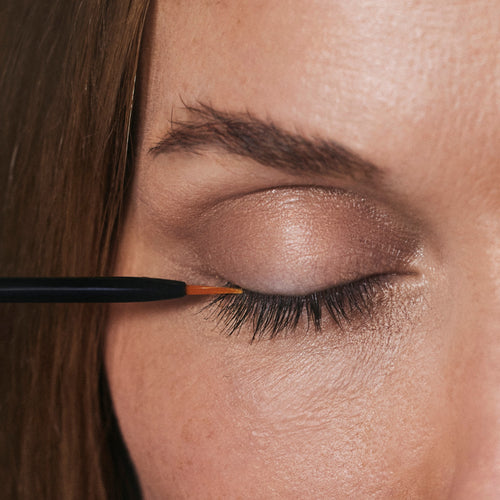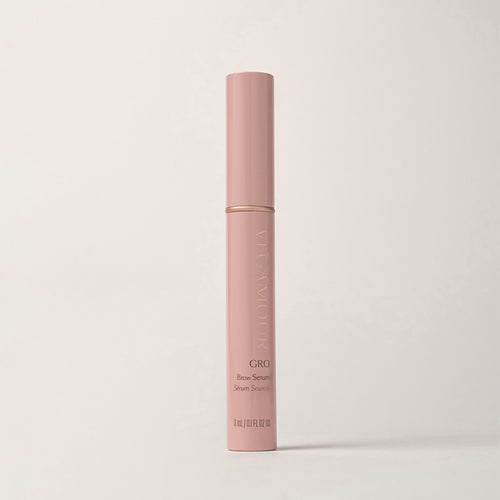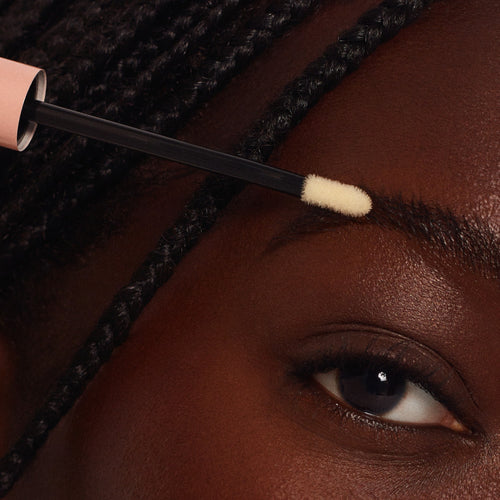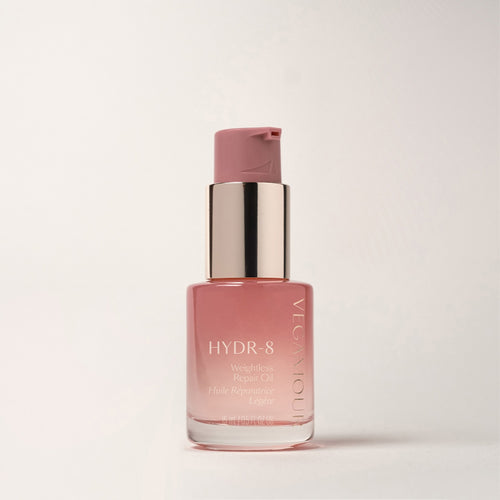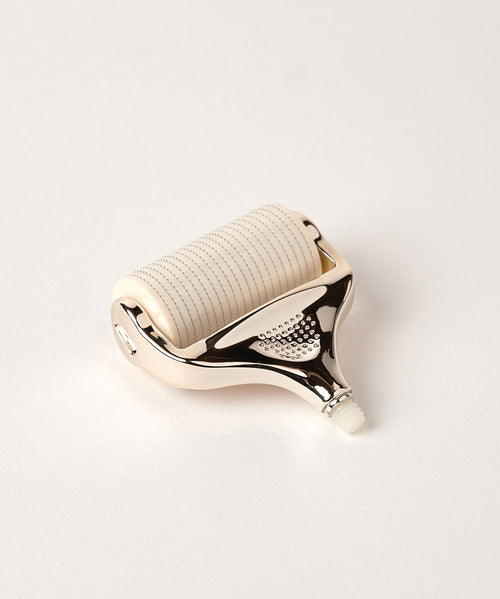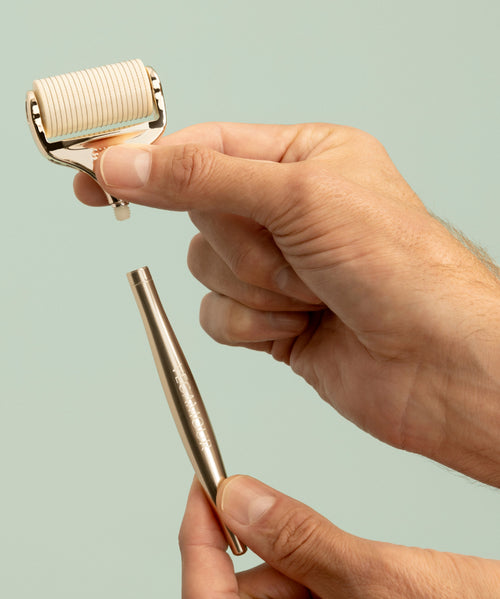Microlink hair extensions are trending despite decades of secrecy around the technique. A well-kept secret of the stars, these seamless hair extensions are becoming popular thanks to social media. Now that the secret's out, are these trendy hair extensions right for you?
VEGAMOUR asked the experts to explain the technique and how to care for hair with microlink extensions. Plus, we'll show you which hair products are perfect for both your natural hair and microlinks.
What Are Microlink Hair Extensions?
Microlink hair extensions are a specialized method of adding hair extensions to your hair for more volume or length. They are added to your own hair using silicone microbeads or microtubes. This type of extension allows your natural hair to be free and not braided tightly to the scalp beneath sewn-in extensions.
Related Reading: How to Make Thin Hair Look Thicker
Who is a Good Candidate for Microlinks?
Microlinks work well on most hair types, though they might not necessarily be ideal for some. They might not be suitable for those with very thick hair, very short hair or heavily textured hair. There's also an issue with tension on the hair follicles, which means your hair needs to be strong to support this type of hair extension.
VEGAMOUR spoke with Ghanima Abdullah, a hairstylist with The Right Hairstyles about the tension microlinks can cause on your hair. "The extension makes the weight on the hair follicles double the amount of your natural hair," she said. "They can cause hair loss due to traction alopecia. Traction alopecia happens when the hair follicles are pulled on consistently or when extra weight is added to them."
Therefore, it's important to talk with your hairstylist about whether or not your hair follicles are strong enough to support this type of hair extension or if you should go with a braided and sewn-in type of extension to give more strength at the base of the style.
Can't decide if microlinks are right for you? Here are the pros and cons of this type of hair extension:
Pros of Microlinks
- Provides easy access to the scalp to keep the roots clean.
- Endless styling options. Wear hair down, in high ponytails, in a high bun or in a messy bun. Do small sections for support or a full head for overall density and length.
- Perfect solution for those with fine to medium-density hair who want to add thickness and length.
- Versatile, breezy and comfortable to wear.
- No celebrity hairstylist necessary! A licensed hairstylist with experience in this method is all you'll need.
Cons of Microlinks
- Can be expensive.
- May contribute to traction hair loss.
- Requires a licensed hairstylist to install microlinks properly.
Related reading: This Is What You Need to Know About Traction Alopecia
How Are Microlink Hair Extensions Done?
At your installation appointment, your stylist will evaluate your natural hair, choose a method of application and apply your microlinks with a specialized hair plier and silicone beads. Microlink extensions are applied in rows with a circular method, meaning that horizontal sections are taken in circular motions around the head. This way the extensions blend in with the natural hair growth pattern.
When installed properly, microlink hair extensions can work well for most hair types and can last for months.
The Braidless Method
For the braidless method, the beads are used as anchor points for sewing in the wefts of extension hair to your own hair. Your stylist can help you decide if this is the best extension method for your hair type.
Read: Hair Loss from Hair Extensions? Here's What You Should Know
Weft Method
For this method, the wefts of hair are run through each bead before clamping it down to secure it.
#BBD0E0 » Back


